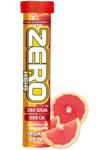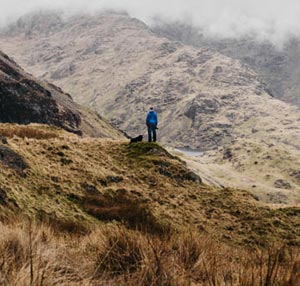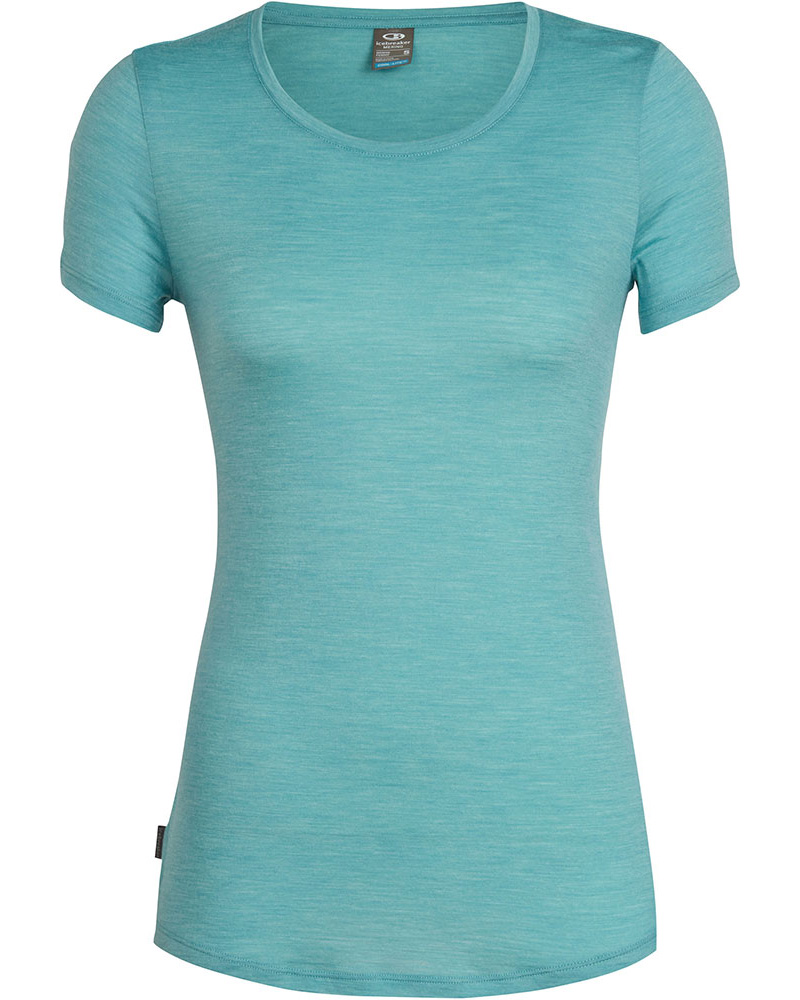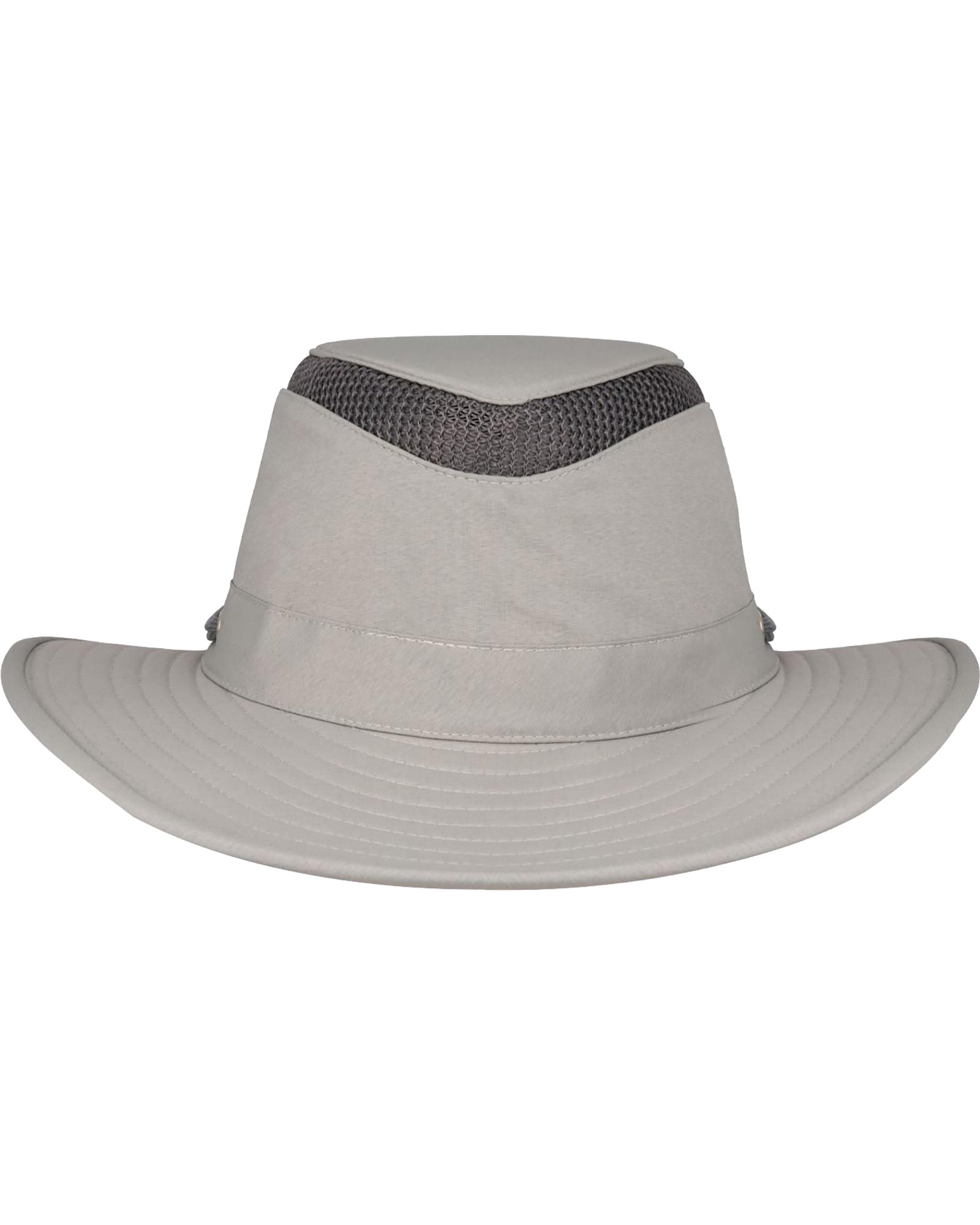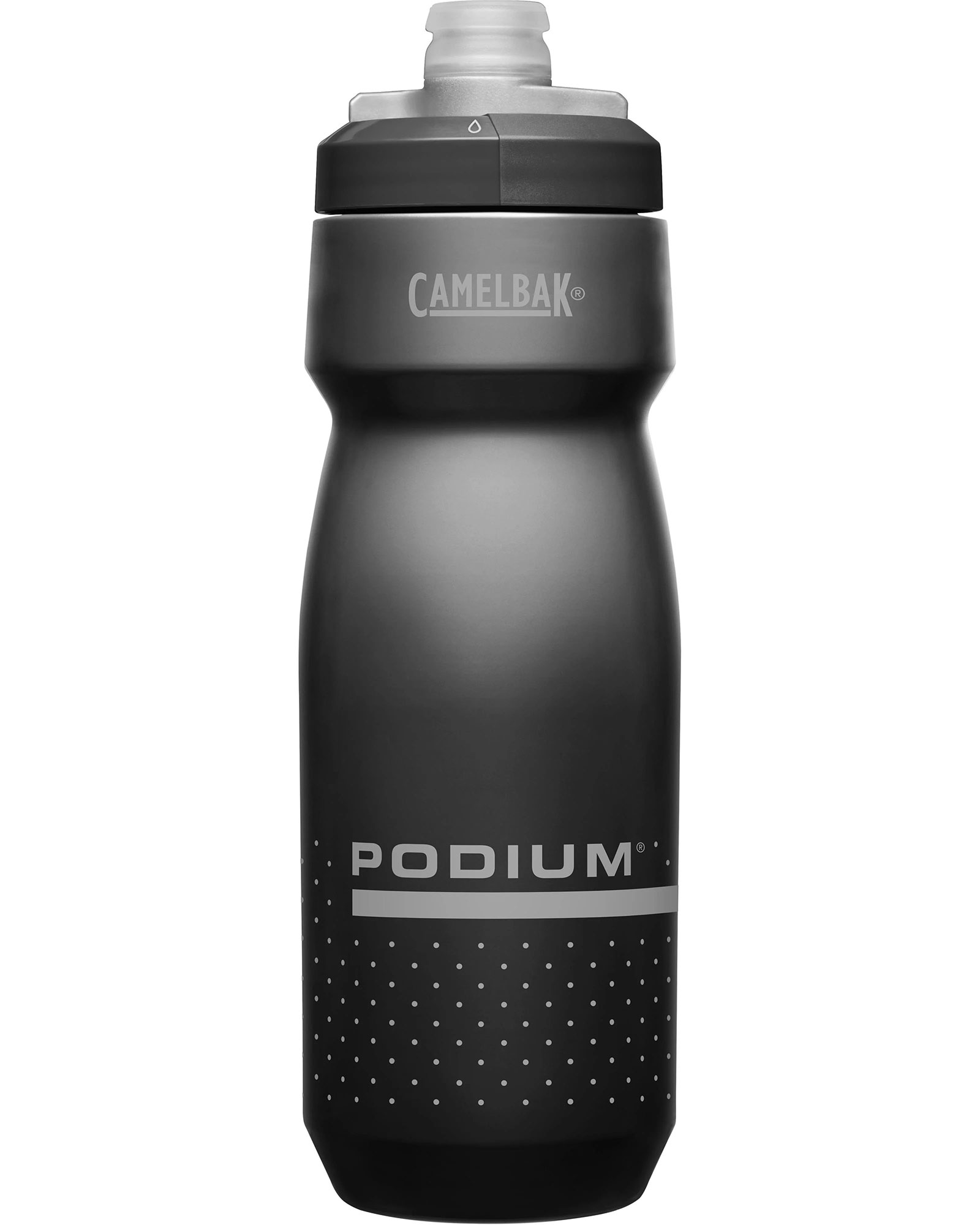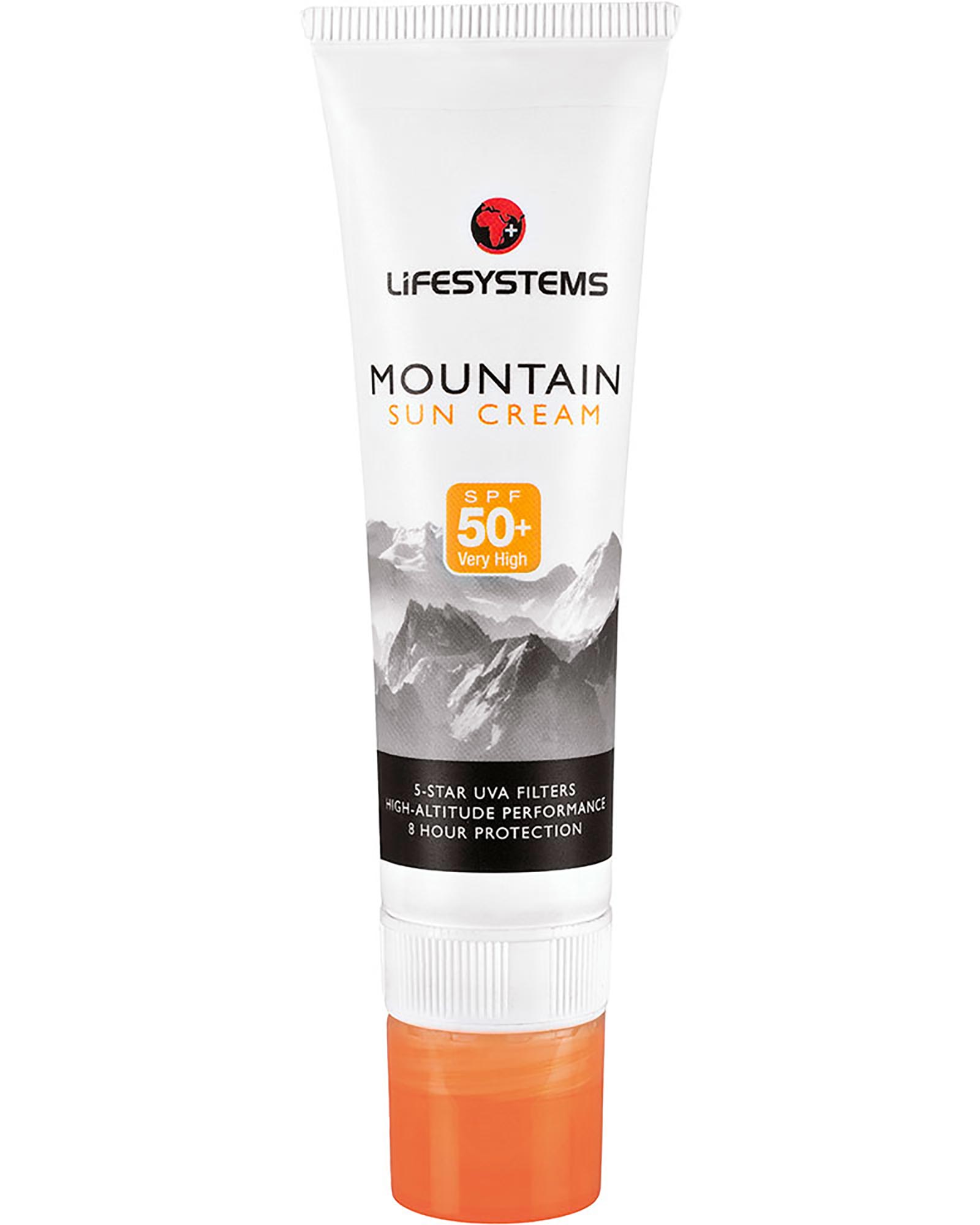Hot Weather Walking Advice
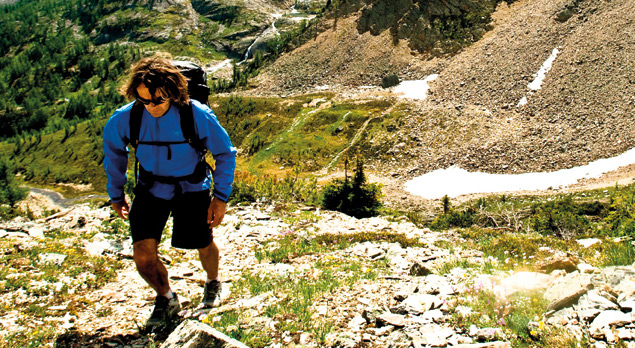
Given the recent heatwave, we thought it high time to share our summer hiking tips. Hill walking in summer can come with its own share of risks including dehydration, heat stroke and hyperthermia, which can result in hospitalisation.
We asked our one of our mountaineering experts, Chris, for some key tips to help ensure your summer adventures end well.
Stay Hydrated
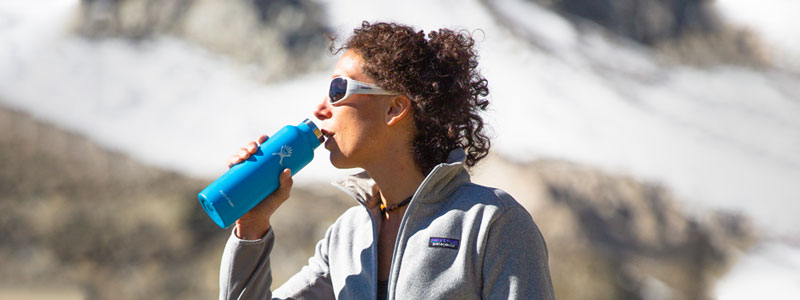
Hydration is your body's key method of regulating body temperature - once that begins to suffer, you're on the road to heat exhaustion. "Don't wait until you feel thirsty – by that point you’re already becoming dehydrated. A Camelbak or similar hydration reservoir in your rucksack prevents having a drink becoming a faff – no need to remove your pack or anything. Take big sips regularly to keep your fluid levels topped up."
In addition to a reservoir, it's always worth having an additional water bottle with you in case you need to refill again. Longer routes usually mean you’ll need more than 2-3 litres of water, so try to refill your bottle or reservoir at every available opportunity, but be sure that the water is clean.
"Make sure you only fill up at a source of running, oxygenated water as it’s far less likely to harbour anything nasty. If you can, try and scout further up the water source to make sure there isn’t anything unpleasant floating around! If you're running low, follow a cleft of contour lines on a map and you will usually find a source of water, even if there isn’t a blue line indicating a stream."
But hydration doesn’t mean drinking just water. "As you sweat, your body is losing a lot of vital salts and minerals, so take a few electrolyte and hydration tabs with you to add your bottles or reservoir to maintain your salt levels and keep you feeling fresh."
Key Signs of dehydration
- Thirst
- Headache
- Unable to think clearly/drowsiness
- Tiredness/Fatigue
- Achiness
Full details of how to stay hydrated can be found on the High5 Sports Nutrition website.
Cover Up
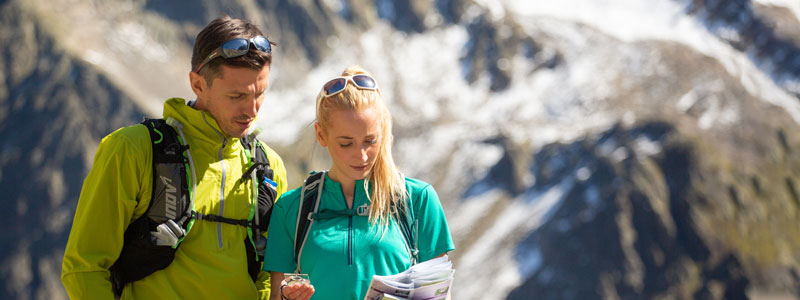
It should go without saying that keeping yourself protected from the sun is of the highest priority. Even if the sun is hidden behind cloud, damaging UV rays can still burn your skin.
Barren, exposed mountaintops or moors have very few places to find shade or shelter, especially at midday when the sun's at its highest, so ensuring you apply suncream regularly on any exposed skin is essential.
"Don't wait until you start to become sunburnt to apply suncream. Have it on from the start of the day and reapply it every few hours, or more often if you're sweating heavily.
Technical tees not only wick sweat away, providing a cooling effect, but many offer a UV protection of 50+, which is much better than wearing just a cotton t-shirt." Ensure the protection factor of your suncream is sufficient - many experts warn that 15-20spf is no longer effective.
Keep A Cool Head
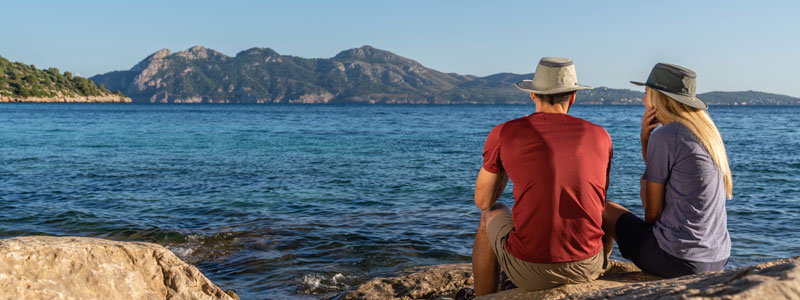
Just as in winter many emphasise the importance of keeping your head covered up because it can lose a lot of heat, your head also feels the effects of the sun more than anywhere else on your body. "
They might not be to everyone’s taste, but sun hats keep your neck, head and face looked after. As well as wearing a sun hat or cap, carrying a buff or something similar is a great idea – you can just dip it in a stream and wrap it over your head if you begin to overheat, the cooling effect of evaporation from the skin helps your body regulate your temperature effectively."
Keep The Bugs Away
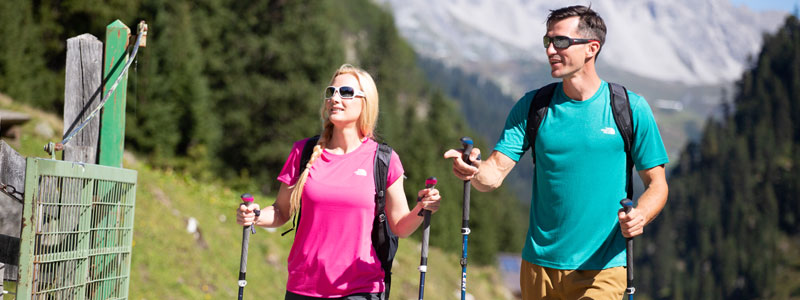
Tell anyone you’re going hiking in Scotland between the months of May and September and most people will respond with a sharp inhalation of breath and a look of are you sure you want to do that?
A strong deet-based insect repellent can take care of that, but the midges and mozzies aren’t the only pests out to torment you in the great outdoors.
Less obvious but more serious is the possibility of a tick sinking its jaws into you. There has been a rise in cases of Lyme disease being reported, and after a relatively mild winter, ticks are out in force. “If your route involves areas of meadow, long grass or heather – particularly if there are grazing sheep or herds of deer around - wearing long trousers is a good idea. For versatility, a pair of convertible trousers allow you to zip down to shorts when you’re through the vegetation."
If you are unfortunate enough to find a tick has made your leg its latest meal, don’t panic. Carrying a specialised pair of tick tweezers is the most effective means, as they ensure that the entire tick is removed. Leaving any mouthparts in the skin or squeezing the body in the process can cause infection or cause the tick to regurgitate infected blood into your system, so it’s crucial to keep calm and remove it carefully. This article from The BMC explains in detail how to remove them and what to look out for if you have been bitten.
Following the guidelines above will help prevent heat exhaustion, sun stroke or hyperthermia, but use your own judgement if you’re beginning to feel the heat, and be prepared to turn back if you’re unable to cool down, find shade or drinking water.

